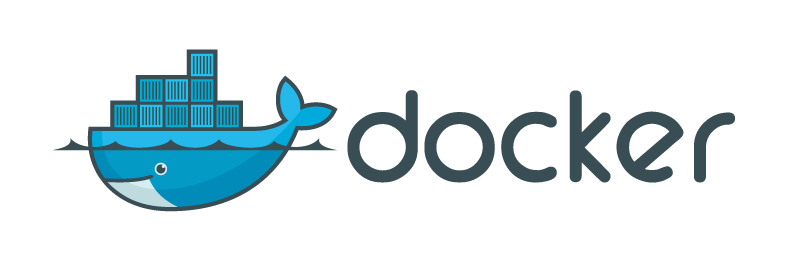Author: Moritz Lottermann

More docker = more power? – Part 3: Setting up the loadbalancer
To benefit from using a loadbalancer we need several machines to distribute the traffic on, evidently. Thanks to Docker we simply run docker run -d -p 81:80 testwebsite:1 to get a second machine. This time the container port of the webserver is mapped to port 81. If you now visit <IP OF YOUR VM>:81 you…

More docker = more power? – Part 2: Setting up Nginx and Docker
This is Part 2 of a series of posts. You can find Part 1 here: https://blog.mi.hdm-stuttgart.de/index.php/2016/01/03/more-docker-more-power-part-1-setting-up-virtualbox/ In the first part of this series we have set up two VirtualBox machines. One functions as the load balancer and the other will house our services. As the next step we want to install docker on the service VM.…
